Thalassicus
Bytes and Nibblers
Vote for your favorite World Wonder ideas! Pick as many as you like. Consider your choices carefully, since the results will influence which ideas we include in the project. We might create new wonders, or replace existing ones, and will discuss it further when the poll ends on August 16th. 
Several of these concepts create "route" resources, which can be exchanged with trading partners for additional resources or cash. This represents improved flow of people and luxury goods through the new route.
Good wonders have:

Burj Khalifa - Info Middle East
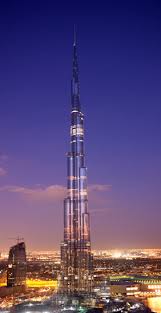
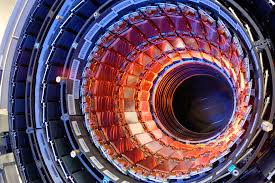
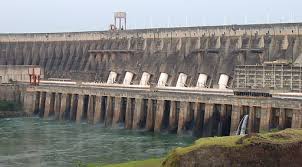
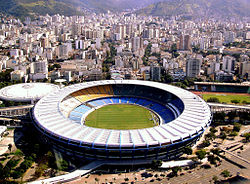
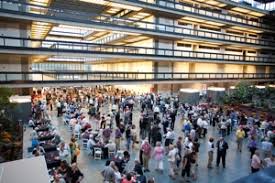

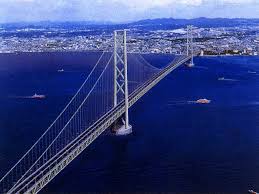

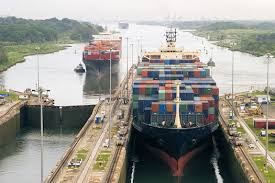
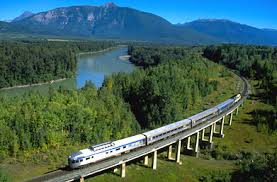
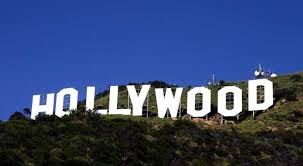
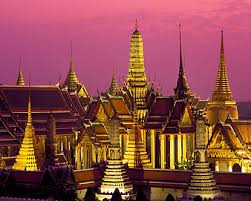

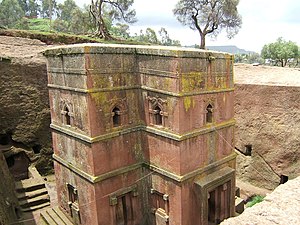
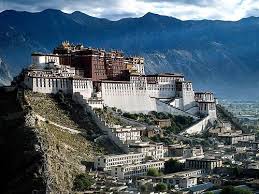
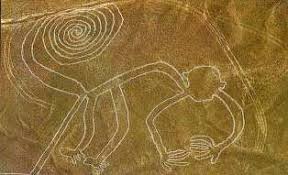


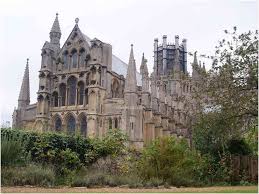
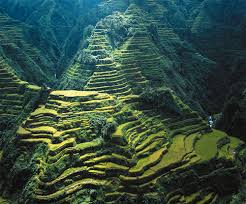
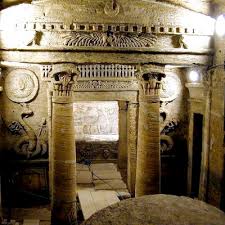

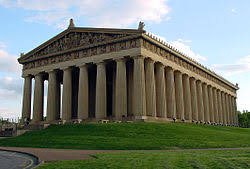
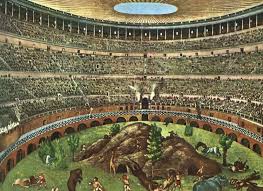

Several of these concepts create "route" resources, which can be exchanged with trading partners for additional resources or cash. This represents improved flow of people and luxury goods through the new route.
Good wonders have:
- Real-world significance.
- Can possibly play a critical role ingame.
- Eras and regions of the world highlighted in blue.
(double-blue is better, and represents areas with few pre-existing wonders)
Burj Khalifa - Info Middle East
- The tallest human-made building so far. Contains apartments, a hotel, restaurant, corporate suites and more.
- Possible bonuses: instant population/gold (homes and offices).
- This is the world's largest and highest-energy particle accelerator. It is expected to address some of the most fundamental questions of physics, advancing the understanding of the deepest laws of nature.
- Possible bonuses: free tech, science from research agreements, and/or percentage science in the city.
- This gigantic dam on the Paraná River generates the most annual electricity of any operating hydroelectric facility in the world, supplying 90% of the electricity consumed by Paraguay and 20% of that consumed by Brazil.
- Possible bonuses: production across the empire or continent, free Hydro Power Plant.

- Opening in 1950, it was the biggest stadium in the world, with a maximum paid attendance of 199,854 patrons.
- Possible bonuses: creates "Sportscast" tradable luxury resources, happiness/culture bonuses, possibly on stadiums and/or colosseums.
- This research institution revolutionized the world by inventing the basic components of modern computers, including the most important engineering marvel of the 20th century: transistors. These devices allowed computers to shrink from house-size to pocket-size.
- Possible bonuses: free tech, percent science, and/or space ship production.
- The world's first operational packet switching network, and the core network of a set that came to compose the global Internet.
- Possible bonuses: spaceship and project production, and/or citystate citystate influence gains to help either block or win a UN victory. Can also give free Internet team project (in National Projects section below).
- The Akashi-Kaikyo Bridge has the longest central span of any suspension bridge in the world at nearly 2 kilometers (6,532 ft). The bridge links the Japanese city of Kobe on the mainland to Awaji Island by crossing the busy Akashi Strait. The bridge is one of the key links of the Honshu-Shikoku Bridge Project, which created three routes across the Inland Sea.
- Possible bonuses: extra gold, creates "Akashi Route" tradable happiness resources, and/or gives a free Suspension Bridge (new building from another thread).
- The longest underwater or international tunnel in the world, and second longest rail tunnel, the Channel Tunnel connects Great Britain to the mainland of Europe.
- Possible bonuses: creates "Chunnel Route" tradable happiness resources, and/or sea bonuses like old/production.
- The Panama Canal shortcut made it possible for ships to travel between the Atlantic and Pacific Oceans in half the time previously required. The shorter, faster, safer route to the U.S. West Coast and to nations in and along the Pacific Ocean allowed those places to become more integrated with the world economy.
- Possible bonuses: gold, navy, creates "Panama Route" tradable happiness resources.
- The longest rail line in the world. Large Railroad projects were common in the 19th century, and the rail line remains a popular travel option for backpackers and adventurers.
- Possible bonuses: creates "Trans-Siberian Route" tradable happiness resources, increase railroad connection bonuses, lower maintenance cost on Railroads, and/or increase movement points on railroads.
- Hollywood is a district in Los Angeles, California. Due to its fame and cultural identity as the historical center of movie studios and movie stars, the word Hollywood is often used as a metonym of American cinema.
- Possible bonuses: creates "Movie" tradable luxury resources, culture bonuses.
- This majestic temple is regarded as the most sacred Buddhist temple (wat) in Thailand. The main building houses the statue of Emerald Buddha. The legendary history of this Buddha image is traced to India, five centuries after the Lord Buddha attained Nirvana, till it was finally enshrined in Bangkok at the Wat Phra Kaew temple in 1782.
- Possible bonuses: faith, gold, science, and/or culture for religious buildings.
- Cast-iron and plate-glass building in London to house the Great Exhibition of 1851. More than 14,000 exhibitors from around the world gathered in the Palace's 990,000 square feet of space to display examples of the latest technology developed in the Industrial Revolution.
- Possible bonuses: Happiness and/or gold bonuses from imported luxury resources.
- This tunnel was built from 1871 to 1881, long before modern excavating tools. The Gotthard is the biggest pass between North and Southern Europe and the opening of the railroad tunnel accelerated European travel. Italy could now be easily reached from Germany. Construction completed in record time, cost many workers their lives, the first architect died from heart attack in the tunnel, and the army had to put down a strike.
- Possible bonuses: creates "Gotthard Route" tradable happiness resources, turns a nearby mountain into a supertile with large culture/production/gold yields, and/or speeds movement on railroads in the empire.

- Carved directly out of solid rock hillsides in Africa, the 13 Churches of Lalibela are an engineering and architectural marvel created without modern tools. Though the dating of the churches is not well established, most are thought to have been built during the reign of Lalibela during the 12th and 13th centuries.
- Possible bonuses: faith on hills, faster Great Prophet generation, and/or discount for purchasing with faith.
- Founded in 637 CE, this is the spiritual and organizational headquarters of Tibetan Buddhism and the Dalai Lama. It is located in Lhasa, one of the highest cities in the world.
- Possible bonuses: improves nearby mountain tiles with food/faith/culture.
- Series of ancient geoglyphs located in the Nazca Desert in southern Peru. The largest figures are over 200m (660 ft) across. Scholars differ in interpreting the purpose of the designs, but in general they ascribe religious significance to them.
- Possible bonuses: could take the effects of the Stonehenge, allowing it to return to a culture focus, which frees up the Terra-Cotta Army for a bonus fitting its army-of-stone nature.
- These ancient ruins are constructed with huge blocks cut with laser-like modern precision. It is often theorized that when a civilization has built something with megalithic blocks, they used logs to move the blocks. However, Puma Punku is located on an altitude with no trees. It remains one of the world's greatest mysteries.
- Possible bonuses: high amount of Great Engineer-points and/or production for World Wonder-creation, since the civ now has very skilled builders.
- The Saladin Citadel of Cairo is a medieval Islamic fortification in Cairo, Egypt. To supply water to the Citadel, Saladin built the 280 feet (85 m) deep Well of Joseph. This well is also known as the Well of the Spiral because its entrance consisted of 300 stairs that wound around the inside of the well. Once water was raised from the well to the surface, it traveled to the Citadel on a series of sophisticated aqueducts.
- Possible bonuses: food to all castles, and/or Great General creation bonus.
- Known locally as "the ship of the Fens", because of its prominent shape that towers above the surrounding flat and watery landscape. The first Christian building on the site was founded by St. Æthelthryth, daughter of the Anglo-Saxon King Anna of East Anglia, who was born in 630 at Exning in England.
- Possible bonuses: faster Great Prophet generation, and/or discount for purchasing with faith.
- 2000-year old terraces carved into the mountains of Ifugao in the Philippines. It is commonly thought that the terraces were built with minimal equipment, largely by hand. The terraces cover about 4000 square miles of mountainside. They are fed by an ancient irrigation system from the rainforests above the terraces. If the steps are put end to end, it would encircle half the globe.
- Possible bonuses: food on nearby hills and/or mountains.
- Located in Alexandria, Egypt and considered one of the Seven Wonders of the Middle Ages. The necropolis consists of a series of Alexandrian tombs, statues and archaeological objects of the Pharaonic funeral cult with Hellenistic and early Imperial Roman influences.
- Possible bonuses: large culture gain, so the Terra Cotta Army can provide a culture bonus more appropriate for warmongers.

- Monumental construction built during the reign of King Eumenes II in the first half of the 2nd century BCE on one of the terraces of the acropolis of the ancient city of Pergamon in modern-day Turkey.
- Possible bonuses: gold on luxury resources, and/or spy bonus.
- Built during the Golden Age of Athens for the Greek Goddess of wisdom and strategic warfare: Athena. It was during this time that Athens was the superior military and trading power in the Mediterranean.
- Possible bonuses: more powerful Great Generals.
- Commonly known as "The Colosseum," this elliptical amphitheater in the centre of the city of Rome is the largest ever built in the Roman Empire. It is considered one of the greatest works of Roman architecture and Roman engineering.
- Possible bonuses: lots of free buildings like amphitheater, barracks, shrine, and/or colosseum.


 )
)